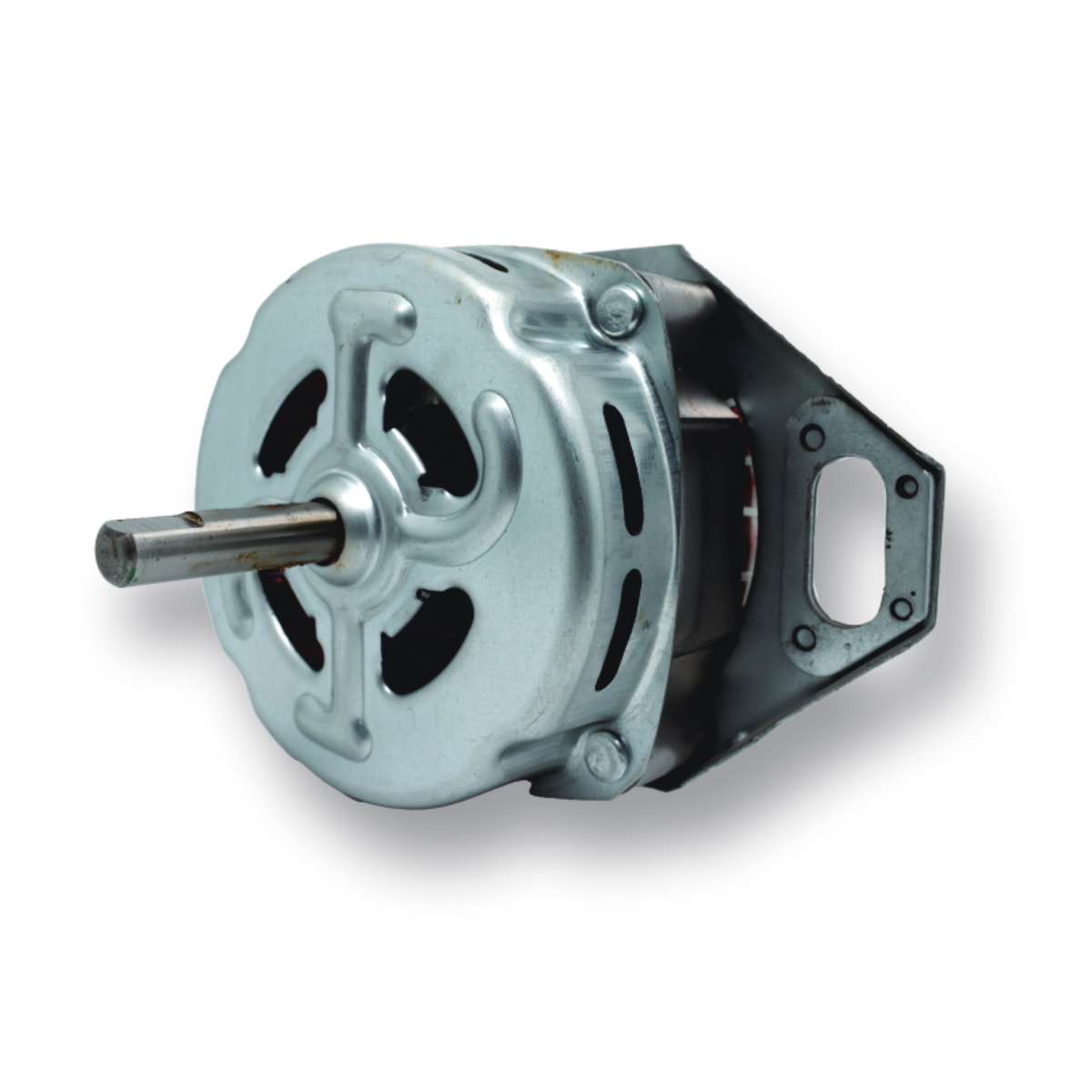Importance of Winding Material in Motors
The choice of winding material in electric motors is crucial in determining their efficiency, reliability, and ability to withstand high temperatures. Copper has long been recognized as the preferred material due to its superior properties compared to alternatives like aluminum. These properties include higher electrical conductivity, greater thermal resistance, and enhanced durability. In wholesale applications, particularly in industries across China, copper winding motors are increasingly favored for their performance benefits.
Motor Efficiency and Performance Impact
Winding materials directly affect the efficiency of energy conversion in motors. With copper’s lower electrical resistance, motors experience fewer energy losses, leading to more effective and efficient operation. This is particularly important in factory settings where motors are expected to run continuously under varying loads.
Superior Conductivity of Copper Windings
Copper's electrical conductivity is approximately 60% higher than that of aluminum, which significantly reduces power losses during operation. This property is vital for maintaining consistent performance and energy efficiency, especially in high-demand environments such as manufacturing plants in China.
Reduction in Power Losses
Due to its high conductivity, copper allows for thinner and lighter wire designs, which contribute to more compact motor builds without sacrificing performance. This design flexibility is a distinct advantage in creating more efficient motors for wholesale distribution.
Thermal Resistance and High-Temperature Performance
Copper windings excel in thermal management, handling higher temperatures better than other materials. This feature is critical in preventing overheating, which can lead to motor failure. Copper's ability to manage heat enables motors to operate under higher loads and in harsher environmental conditions, making them ideal for industrial and agricultural applications in China.
Operating Under High Load Conditions
In applications that involve sustained heavy use or fluctuating voltage conditions, copper-wound motors maintain operational stability. This reliability is particularly beneficial in factory environments where equipment downtime can significantly impact production schedules and costs.
Durability and Longevity of Copper
Copper offers superior durability over time, resisting oxidation and physical degradation far better than aluminum. This resistance to wear and tear ensures a longer lifespan for motors, reducing maintenance and replacement costs in long-term applications. Such durability is essential for industrial operations across China, where prolonged service life translates to economic savings.
Reduced Maintenance Needs
The robust nature of copper reduces the incidence of unexpected failures, offering peace of mind to operators by ensuring continuous operation with minimal intervention.
Size and Design Advantages with Copper
Thanks to its excellent conductivity, copper allows for more compact motor designs without compromising on power output. This advantage is particularly beneficial in industries where space constraints are a concern, and efficient design is necessary for maximizing productivity.
Compact Motor Design Benefits
The ability to use thinner copper wires without losing efficiency allows manufacturers to produce smaller, lighter motors, which can be particularly advantageous in large-scale factory settings where equipment footprint needs to be minimized.
Economic Considerations: Upfront vs. Long-term Costs
While copper-wound motors may have a higher upfront cost compared to aluminum, their long-term economic advantages often outweigh initial expenses. Increased efficiency and reduced energy consumption translate into lower operational costs, which is a significant factor for factories and distributors focusing on cost-effectiveness in China.
Cost-Benefit Analysis
When factoring in the decreased need for maintenance and longer service life, copper-wound motors present an economically viable option for businesses looking to optimize their operational expenses over time.
Advantages of Copper Motors in Different Applications
Copper-wound motors are versatile, finding application across various sectors such as household, agricultural, and industrial settings. Each sector benefits uniquely from the properties of copper, particularly its ability to handle high temperatures.
Diverse Application Benefits
- Household Pumps: Quieter operations and lower utility bills offer better user experience.
- Agricultural Equipment: Enhanced handling of fluctuating voltages typical in rural environments.
- Industrial Operations: Sustained 24/7 operations with reduced energy and maintenance costs.
Temperature Ratings and Insulation in Copper Windings
The thermal class of copper winding insulation plays a critical role in its performance. Different insulation materials have varying temperature ratings, and choosing the correct rating is crucial for maintaining motor efficiency and preventing insulation degradation over time.
Importance of Insulation Selection
For optimal performance, selecting a winding wire with a temperature class exceeding the operational temperature by 10-20°C can provide a necessary buffer against thermal spikes, ensuring the longevity and reliability of the motor.
Understanding Motor Performance Curves at High Temperatures
Motor performance curves can change significantly with temperature increases. As resistance increases with temperature, the motor’s torque and speed characteristics adjust, highlighting the importance of copper’s thermal capabilities to maintain performance consistency.
Performance Adjustments at Elevated Temperatures
In applications requiring constant or high-frequency use, understanding the impact of temperature on motor curves is essential for accurate performance predictions and to avoid exceeding the motor’s thermal limits.
Choosing the Right Copper Winding Wire
To ensure motors optimally handle high temperatures, selecting the appropriate copper winding wire is essential. Key factors include the wire’s temperature rating, thermal stability, and insulation quality, which collectively contribute to the motor's durability and efficiency in various environments, including those in China’s industrial sectors.
Key Selection Criteria
By consulting with experienced manufacturers and considering the specific application requirements, businesses can select the right winding wire to enhance motor performance and lifecycle, aligning with their operational needs and market demands.
Hanlang Technology Provide Solutions
Hanlang Technology offers specialized solutions with a focus on copper winding motors designed to handle high-temperature conditions effectively. Our products are optimized for industrial, agricultural, and household applications, providing enhanced efficiency, durability, and reliability. By prioritizing high-quality insulation and advanced copper winding technology, Hanlang Technology ensures that our motors not only meet but exceed the demanding requirements of modern applications. Contact us to learn more about our customized solutions and how we can support your operations with our state-of-the-art copper winding motors.
User hot search: copper winding cooler motor



